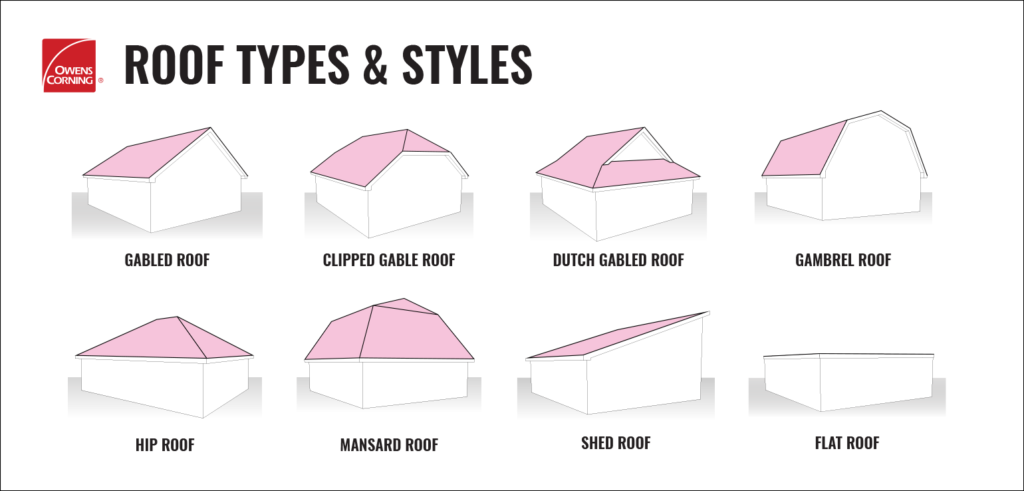When it comes to architectural diversity and functionality, pitched roofs have stood the test of time as a hallmark of various architectural styles. Their aesthetic appeal, efficient drainage system, and adaptability make them a popular choice for a wide range of buildings. From classic gable roofs to the intricate charm of mansard roofs, understanding the various types of pitched roofs, their advantages, and their ideal uses can help you make informed decisions when designing or renovating your space.
1. Gable Roof
The gable roof is perhaps the most recognizable pitched roof style. It features two sloping sides that meet at a central ridge, forming a triangular shape. Gable roofs are known for their simple and symmetrical design, making them suitable for a variety of architectural styles, from colonial to contemporary. The advantages of gable roofs include efficient rainwater drainage, ample attic space, and straightforward construction. They are commonly used in residential homes, barns, and cabins.
2. Hip Roof
The hip roof is characterized by slopes on all four sides that converge to form a ridge at the top. This design offers improved stability against strong winds and a more compact appearance compared to gable roofs. Hip roofs provide excellent water drainage and allow for the installation of additional features like dormer windows and skylights. They are often chosen for houses in areas prone to high winds and heavy rains due to their aerodynamic shape.
3. Mansard Roof
The mansard roof, often associated with French architecture, features two distinct slopes on each of its four sides. The lower slope is steep, while the upper slope is nearly flat. This design allows for maximized living space in the attic or upper floors, making mansard roofs ideal for creating additional rooms or living areas. Their intricate aesthetic and versatility have made them a favorite for historic buildings and urban dwellings.
4. Gambrel Roof
The gambrel roof is reminiscent of the barns of old, featuring two distinct slopes on each side. The lower slope is steeper, while the upper slope is more gentle. This design provides a combination of the advantages of gable and mansard roofs. Gambrel roofs offer ample space for storage or living areas in the attic and efficient water drainage. They are commonly seen in farmhouses, barns, and Dutch colonial-style homes.
5. Saltbox Roof
The saltbox roof is a variation of the gable roof, characterized by an asymmetrical design. One side of the roof is longer than the other, resulting in a distinctive and charming look. This design originated in colonial New England and is known for its historical significance. Saltbox roofs offer practicality and uniqueness, making them a popular choice for cottages and homes aiming to capture a traditional or historic vibe.
6. Dutch Gable Roof
Combining elements of the gable and hip roofs, the Dutch gable roof features a gable design with a hipped roof structure attached. This fusion provides the benefits of both designs, including increased stability, additional attic space, and enhanced visual appeal. Dutch gable roofs are often used in homes that seek a balanced mix of style and functionality.
In conclusion, the world of pitched roofs offers a variety of styles that cater to different architectural preferences and practical needs. Whether you’re drawn to the classic symmetry of a gable roof or the space-maximizing design of a mansard roof, each pitched roof type has its own set of advantages and applications. By understanding the distinctive features of these roof types, you can choose the one that best complements your building’s design and serves its intended purpose.

